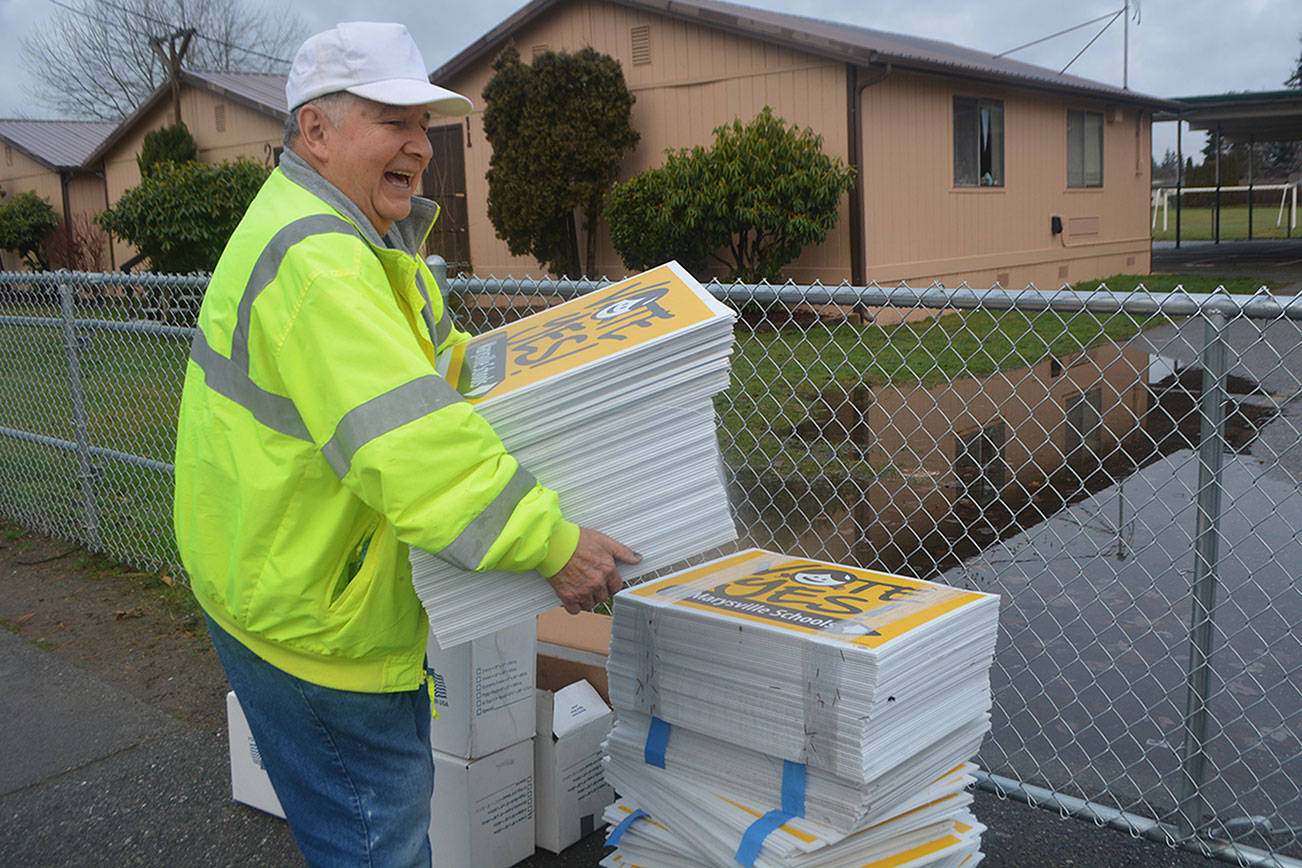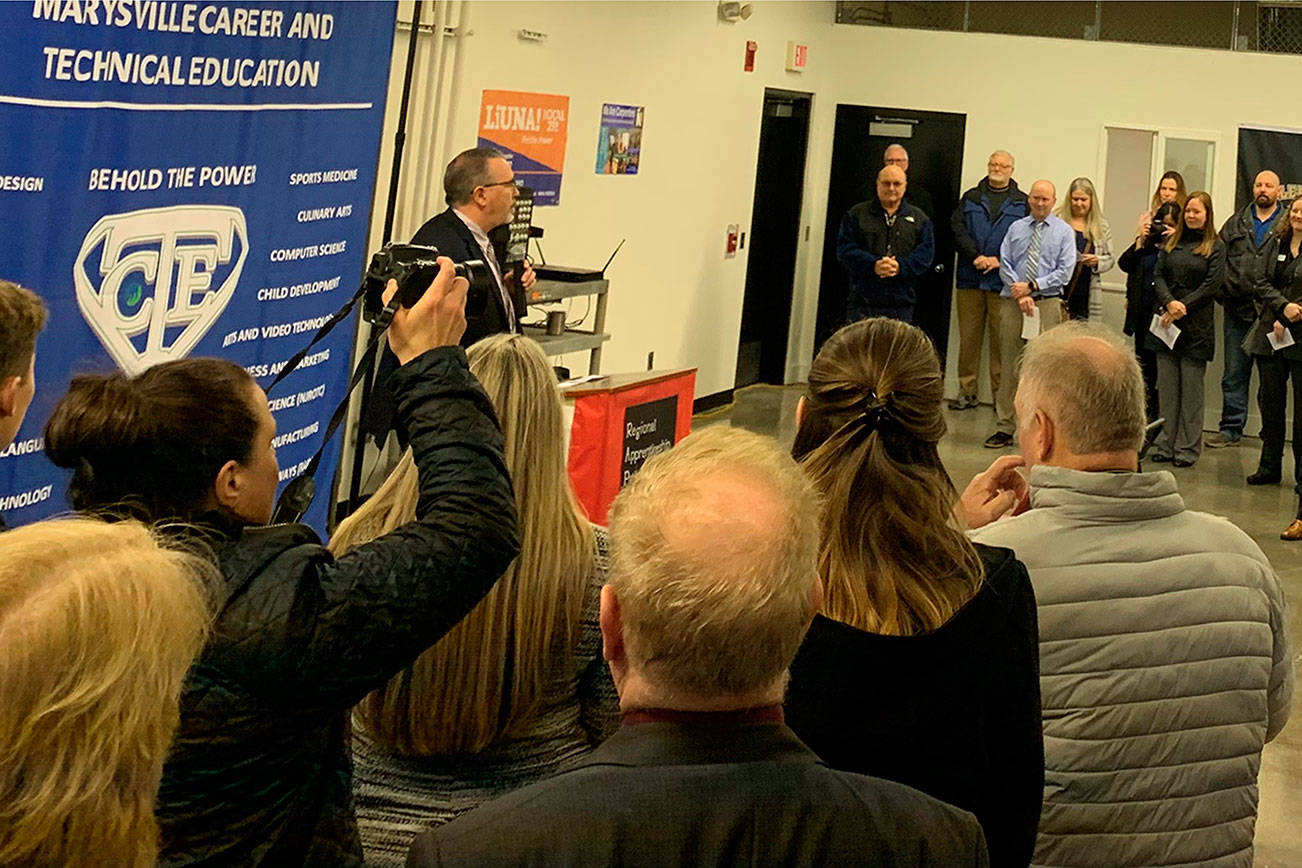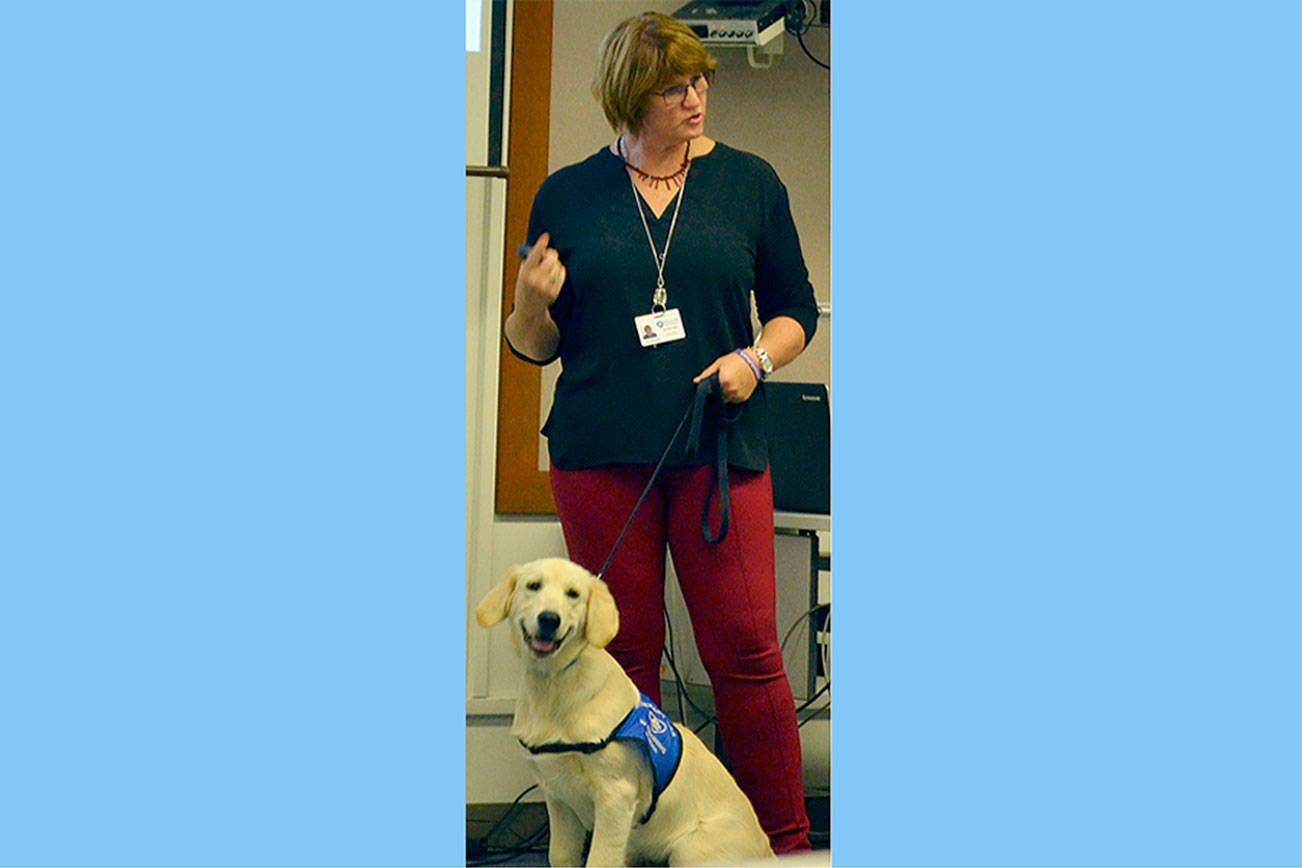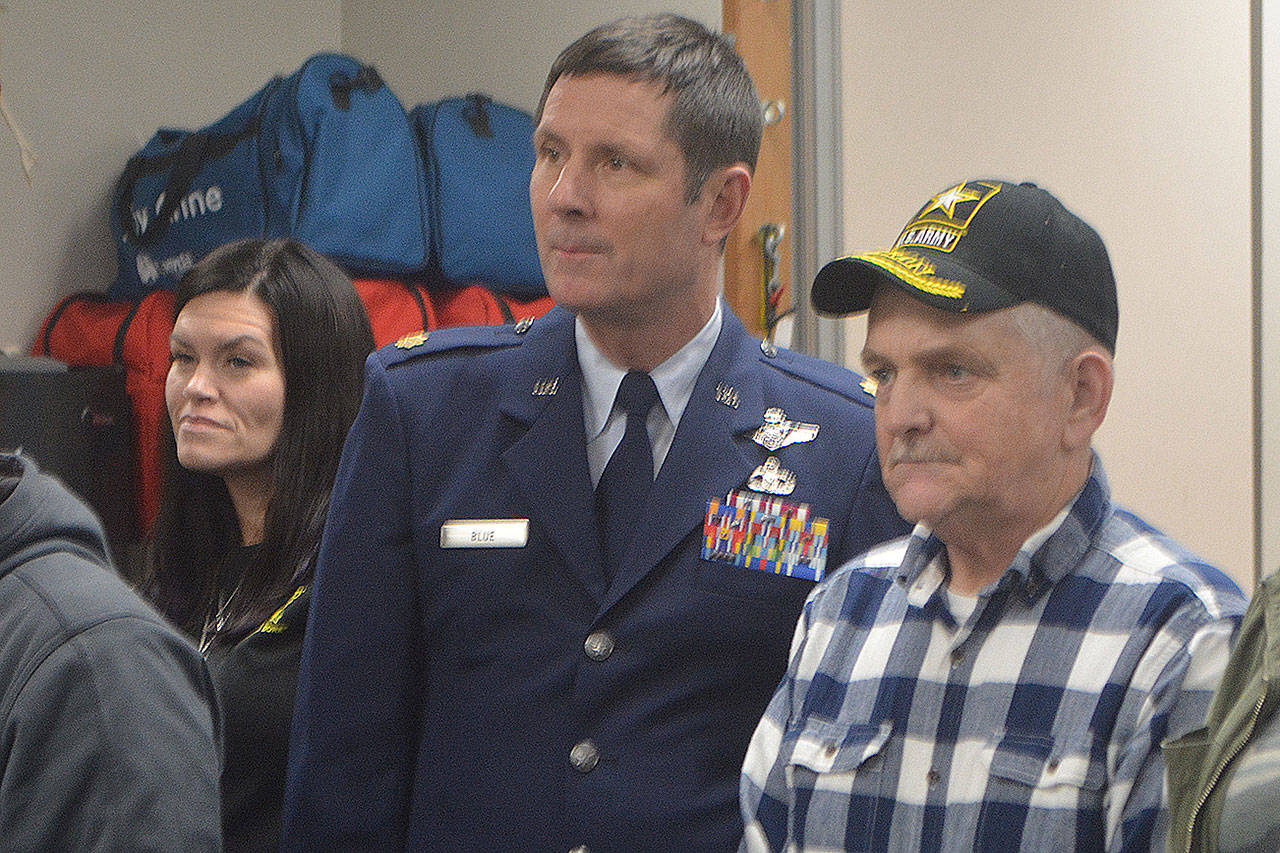MARYSVILLE – The Marysville School District went right to work after it found out it was going to get more money from the state to make class sizes smaller in grades kindergarten through third grade.
The district was able to find space for 17 such classes. “Certain schools won’t get any because there’s no space,” schools superintendent Becky Berg said at a school board work session Monday.
Berg added that some districts are having a hard time finding space. “We’re out in front of other districts,” she said.
In conjunction with the new state funds, the district is hiring 17 teachers for those classes.
Ironically, other teachers and staff have been let go because of shrinking enrollment and other cost projections.
Finance director Mike Sullivan predicts enrollment could be down as many as 200 students.
Berg said she wants Sullivan to project conservatively, “So we can be pleasantly surprised.”
“I hope it’s not the 200 I projected,” Sullivan added.
He said there could be more because Lake Stevens is sending back 44 students who had been going to school there because it was closer to their child-care facilities. Also, enrollment was trending up by end of school last spring.
Sullivan talked about the draft budget. He said overall it will climb from $142 million to $151 million. Most of that increase will come from the state. The Legislature recently approved more funding for a 2.3 percent cost-of-living increase for staff, specialty programs and to add more K-3 teachers.
Berg pointed out the district is in negotiations with the Marysville Education Association so numbers could change for teacher pay.
Sullivan said he has changed the budgeting process so that what you get is what you get.
“In the past, you may have asked for more, and they’d say, ‘We got you covered.’” “Now we say, ‘Here’s your budget. Use it better and wiser.’”
During the regular school board meeting, Principal Ray Houser gave a report on the district’s Alternative Learning Experience programs.
He said most of the students don’t go to Mountain View High School by choice, but because their learning experience didn’t work elsewhere.
School Board member Chris Nation asked what a typical student is like.
“I don’t think there’s a typical student,” Houser said.
In the annual report, Houser writes that MVHS students do on-site, remote, online, project based and/or work based work that prepare motivated self-directed learners for successful transition to college and/or career. Because it’s smaller, students get more one-on-one attention, smaller class sizes and individualized education not available at larger schools.
Flexible scheduling allows students who work or have children to stay in school. It also allows them to catch up on credits, graduate with their class or even graduate early.
While that is for ninth-through-12th-graders, the School Home Partnership is for K-8 students. Parents provide instruction at home, using district curriculum. The board also approved a number of policy changes.
Nation said changes needed to be made for mostly insurance reasons. Language needed to be made stronger to “stay ahead of any” potential lawsuits, he said, adding documenting procedures is crucial.
“It’s critical” to get this done by the time school starts, board president Pete Lundberg said, adding the policies spell out student responsibilities.







